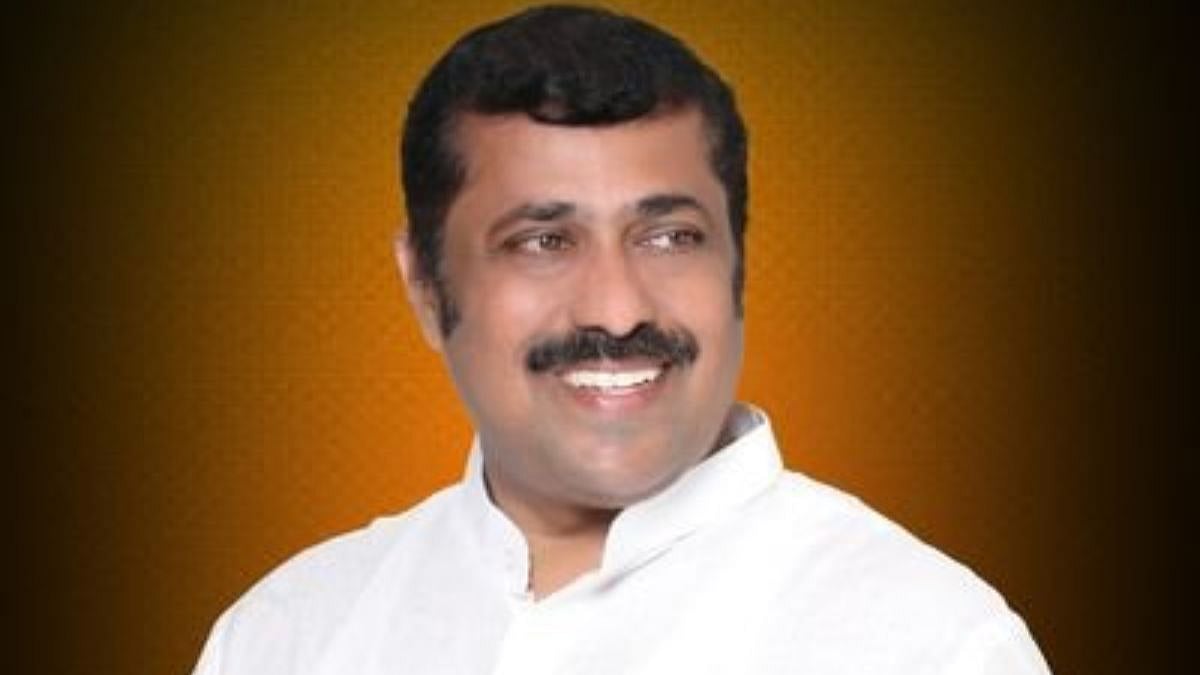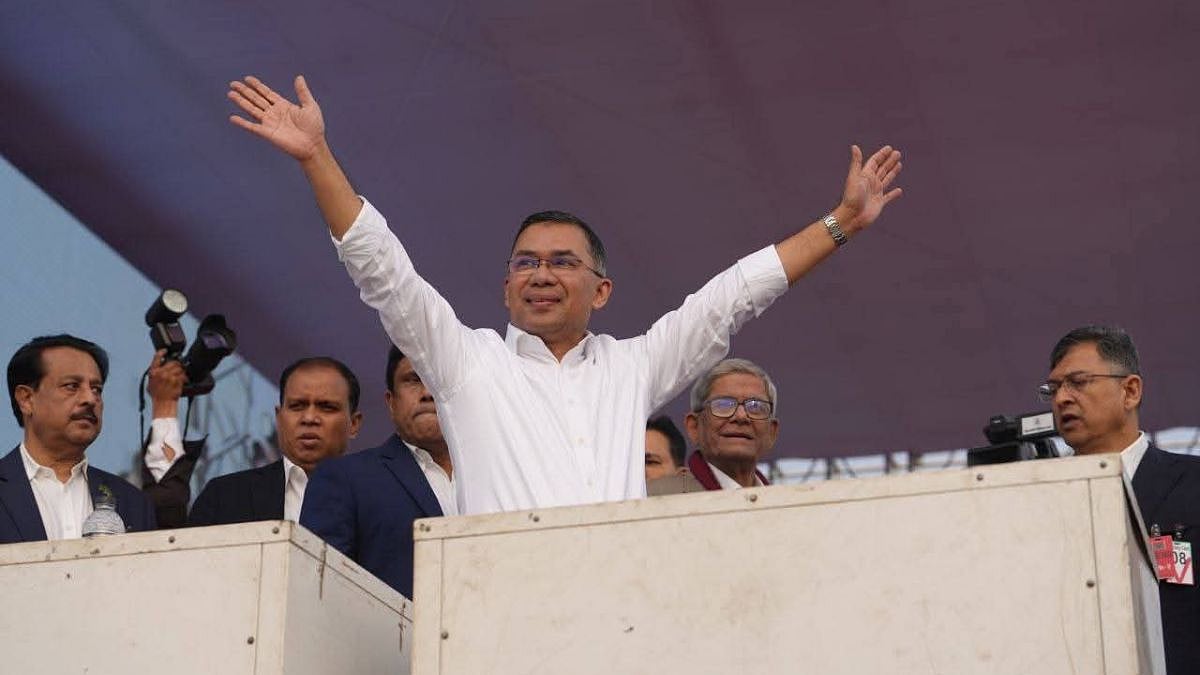The coronavirus pandemic has reshaped America’s presidential race by transforming the conventions, the debates, the election campaign and how voters cast their votes. As a bitter and divisive campaign entered the final stretch over last weekend, presidential candidates Donald Trump and Joe Biden held fast to the starkly different positions they have staked out. President Trump claimed that a vaccine for the coronavirus would be available ‘momentarily’, speeding up an already exaggerated timeline. As Trump continued to exaggerate virus progress and mocked masks, claiming that the US was ‘rounding the turn’ on the virus, even as America is once again recording a huge spike in new cases, Biden struck a very different note. The former vice president said he is not running for the President’s election on the false promise of being able to end the pandemic by “flipping a switch”.
The contrast between Biden and Trump on coronavirus shows a fundamental difference: Trump campaigned as if the pandemic was over; Bidden campaigned with an acknowledgment that it has upended American life and politics. Coronavirus establishes just one of the divergences in the approaches of Trump and Biden; they differ on several key policy issues, including big tech, taxes and immigration. In his re-election bid, Trump has touted his stewarding of the economy and employed rhetoric on immigration and social unrest. Biden has said he would reverse several of Trump’s actions and pursue ambitious proposals to address the pandemic, racial injustice and climate change. Over the past few weeks, polling companies have tried to gauge the mood of the nation by asking voters which candidate they prefer. As America votes today, the big question is: who is going to win – Trump or Biden?
Though polling is never as simple as it seems, national polls highly favour Joe Biden to win the election. The evidence on ground, according to reports, also favours Biden, who seems to have the momentum effect of the polls. However, national polls are a good indicator of how popular a candidate is across the country as a whole, but they are not necessarily a good way to predict the result of the election. In 2016, for instance, Hillary Clinton led in the polls and won 2.9 million more votes than Trump, but she still lost. That’s because the US uses an electoral college system and hence winning the most votes doesn’t always win a candidate the election. But it is also true that since the start of the year, Biden has been ahead of Trump in most national polls: he has hovered around 50 per cent in recent weeks, a lead of 10 points over Trump.
In contrast, in 2016, the polls did not give a decisive lead to Hillary; a couple of percentage points separated her from Trump as Election Day neared. Trump triumphed in 2016 despite losing the popular vote. This means pollsters misjudged the size of his support. Therefore, despite Biden’s 10-point lead, it is still difficult to predict who will win the election.
However, since Biden’s polling average has remained above 50 per cent since October 4 and he has consistently polled in the lead since the race began, the key to win the election boils down to the battleground states – Arizona, Florida, Georgia, Iowa, Michigan, Minnesota, North Carolina, Texas, Virginia, Wisconsin, Pennsylvania, Ohio and Nevada – because the number of votes you win, as Hillary Clinton discovered in 2016, is less important than where you win them. Of the 14 battleground states, Trump won in 10 of them in 2016, which helped him win the electoral college with 304 votes, compared to 227 votes for Hillary.
In the electoral college system, each state is given a fixed number of votes based on how many members it sends to the Congress: the House of Representatives and Senate. The House of Representatives is based on population size of each state. But each state, regardless of its population size, also has two members in the Senate. Thus, the electoral votes of a state are its seats in the House, plus two. Since the smaller states have fewer seats – seven states have three votes each – it is important for a candidate to win bigger states with more than 20 electoral votes like California, Texas, New York, Florida, Illinois and Pennsylvania, besides mid-sized states with less than 20 votes. The total electoral college votes are 538 and a candidate needs to hit 270 to win.
Like Hillary, Biden looks assured to win the popular vote. Yet the key question remains – can Trump pull off an electoral college majority once more, even when he is trailing Biden substantially in the popular vote? Some analysts are of the view that Trump still has the electoral college advantage but the road to victory is narrow. This is because polls in the battleground states look good for Biden: he is leading in 10 of the 14 states. That’s one of the reasons why some political analysts have rated Trump’s chances of reelection as low. Some say Biden is likely to win, while others say he is very likely to beat Trump. But things can change, especially when Trump is involved. He has vowed to again defy poll predictions. Certainly, in many ways, 2020 is haunted by 2016.
While most polls show Biden with a substantial advantage, Trump and his supporters are defiant. After all, they insist, that’s what the polls said in 2016 too. This is why Biden and his supporters are both cautious and uneasy. Amid all the noise around election and polls is the voice of an expert – Dave Wasserman. He is one of the few political experts who had predicted in mid-September of 2016 that Trump might lose the popular vote and yet win the electoral college. Wasserman’s prognostication is that compared to 2016, Trump is underperforming. In 2016, he says, the polls were jumping all over the place because the race was very volatile, whereas Biden’s lead this year is pretty stable. Though nothing is certain, in his view Trump’s path looks increasingly difficult. Wasserman is betting on Biden to win the election.
Early voting has been on since mid-September and according to the US Elections Project, more than 93 million votes have already been cast, which is little more than half of the total votes. Early votes are expected to be largely Democratic votes, while Election Day voters are expected to be excessively Republican. Early votes are of two types – in-person and mailed-in. Trump has a problem with postal ballots. He has castigated mailed-in votes which, in his view, could be fraudulent. His denouncement of postal ballots could have some serious consequences, including a legal challenge on the validity of mailed ballots in the US Supreme Court, which has a conservative majority after Trump nominated a conservative judge, Amy Coney Barrett, to the Supreme Court last week.
The 2020 presidential election is likely to smash records as turnout is expected to be higher than in any election in the past century. The tallying too stands a chance of setting records – in how long it takes for the ballots to be counted, in how widely the results diverge from poll predictions and, if the vote is close, in how fiercely the results are contested in the courts and in Congress.
The author is an independent senior journalist









